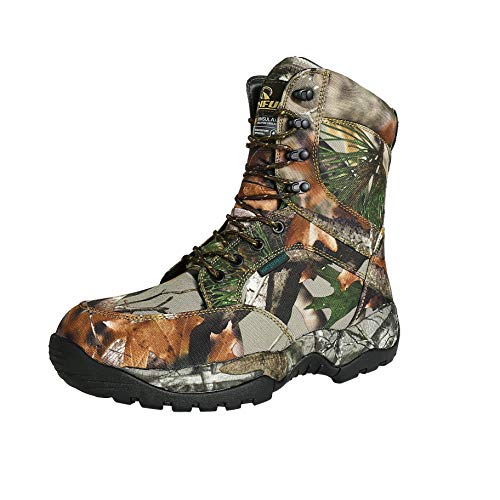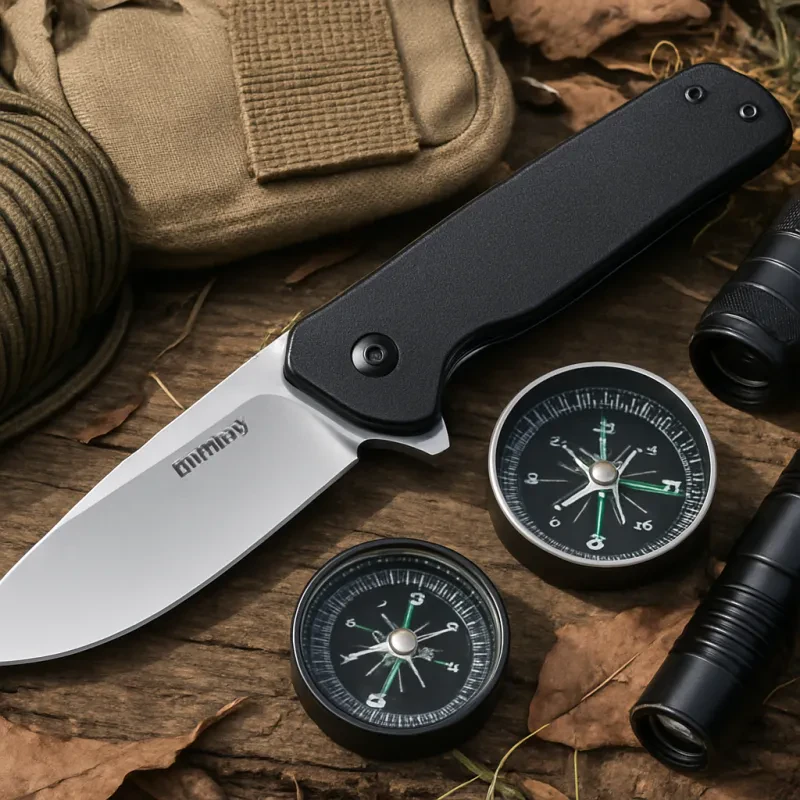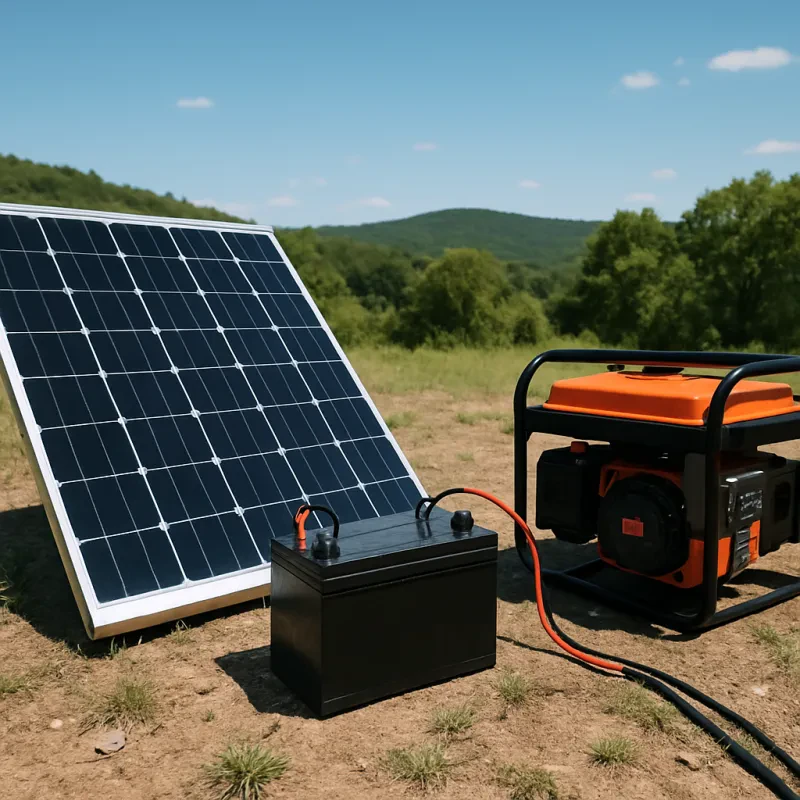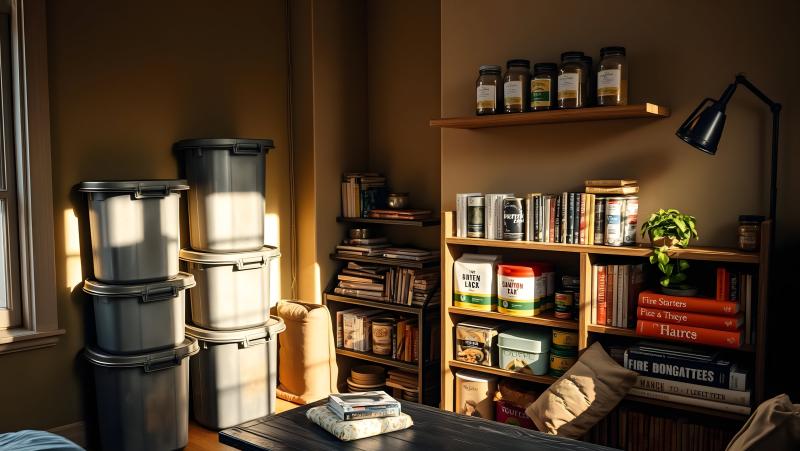Introduction:
When embarking on outdoor adventures or preparing for potential emergency situations, having the right attire is a crucial aspect that often gets overshadowed by other survival gear. However, the clothes you wear can significantly impact your ability to face and overcome adversities. This article delves into the essential factors to consider when choosing survival clothing that not only meets the demands of harsh environments but also stands the test of time.
Understanding Your Environment:
The first step in selecting survival clothing is understanding the environment you'll be navigating. Whether it's a dense forest, a freezing tundra, or a scorching desert, each setting demands a different set of features from your clothing.
- Temperature Regulation:
- Insulation: Look for clothing that provides adequate insulation in cold conditions while allowing for ventilation in warmer settings.
- Moisture-Wicking: Opt for materials that wick moisture away from your skin to keep you dry and comfortable.
- Protection:
- Wind and Water Resistance: Seek out fabrics that offer resistance to wind and water to shield you from the elements.
- UV Protection: Consider clothing with UPF (Ultraviolet Protection Factor) ratings to protect against harmful UV rays.
Material Considerations:
The material of your survival clothing plays a pivotal role in its performance and durability.
- Synthetic vs Natural:
- Synthetic Materials: Fabrics like nylon and polyester are known for their durability, quick-drying properties, and mildew resistance.
- Natural Materials: Materials like wool and cotton have their own set of benefits such as comfort and thermal regulation.
- Blended Materials:
- Opt for blended materials that combine the benefits of both natural and synthetic fabrics, offering a balanced approach to durability and comfort.
Fit and Comfort:
A well-fitted attire not only ensures comfort but also enhances mobility, which is crucial in survival situations.
- Size: Ensure that the clothing fits well without being too tight or too loose.
- Layering: Opt for clothing that allows for layering, enabling you to adjust to varying temperatures and conditions.
Design Features:
Pay attention to the design features that enhance the functionality of survival clothing.
- Pockets: Look for clothing with ample pocket space to carry essential items.
- Ventilation: Opt for designs that offer ventilation features such as zippers and vents to regulate temperature.
- Reinforced Areas: Seek clothing with reinforced stitching and materials in high-wear areas to enhance durability.
Color and Camouflage:
The color of your clothing can impact your visibility and safety.
- Visibility: Bright colors are advisable in situations where being seen is crucial for safety.
- Camouflage: In contrast, camouflage patterns are beneficial in environments where blending in is essential.
Maintenance and Care:
Proper care extends the lifespan of your survival clothing.
- Cleaning: Follow the cleaning instructions on the clothing labels to maintain their performance features.
- Repair: Invest in a basic repair kit to address minor damages and prolong the lifespan of your clothing.
Investing in Quality:
Quality should be a priority when it comes to survival clothing. Well-established brands with a history of producing reliable outdoor gear are often a safe bet. It might seem tempting to skimp on clothing to save money, but investing in high-quality, durable survival attire is a wise decision that will pay off in the long run.
Camouflage Waterproof Hunting Boots for Outdoor Activities
Stay stealthy and dry during outdoor activities with our camouflage waterproof hunting boots
Product information
€60.38
Product Review Score
4.3 out of 5 stars
196 reviewsProduct links
Adapting to Various Scenarios:
When gearing up for survival scenarios, it's essential to consider the range of situations you might encounter.
- Hiking and Trekking:
- Prioritize lightweight, breathable, and moisture-wicking fabrics to keep you comfortable over long distances.
- Durable footwear with good grip and ankle support is crucial to navigate rugged terrains safely.
- Hunting and Fishing:
- Camouflage or neutral-colored clothing can help blend into the environment, increasing your chances of a successful hunt or fish.
- Water-resistant or waterproof gear is essential to keep you dry.
- Emergency Preparedness:
- In emergency scenarios, having multi-functional clothing that provides protection against a range of environmental conditions is beneficial.
- High-visibility clothing can be a lifesaver in rescue situations.
Seasonal Considerations:
Your clothing needs will vary with the changing seasons, and having season-appropriate survival gear is imperative.
- Spring/Fall:
- Layering is key during transitional seasons to adjust to fluctuating temperatures.
- Water-resistant clothing can help keep you dry during spring showers or fall drizzles.
- Summer:
- Lightweight, breathable, and UV-protective clothing will shield you from sun exposure while keeping you cool.
- Insect-repellent clothing can provide an added layer of protection against bug bites.
- Winter:
- Insulated clothing, thermal layers, and waterproof outer layers will provide protection against cold, wet, and windy conditions.
- Look for clothing with a high warmth-to-weight ratio to stay warm without being weighed down.
Accessibility and Convenience:
Easy Accessibility:
- Clothing with easily accessible pockets and compartments can keep essential items within reach.
- Features like full-zip jackets and pants with zip-off legs provide convenience and versatility.
Modular Systems:
- Some survival clothing systems are designed to work together, allowing you to layer up or down efficiently.
- Modular systems can offer a tailored approach to meet specific needs and conditions.
Durability and Longevity:
- Abrasion Resistance:
- Look for clothing with reinforced areas, especially at the knees and elbows, to withstand the wear and tear of outdoor activities.
- High-denier fabrics are often more resistant to abrasion and tearing.
- Quality of Construction:
- Pay attention to the stitching, zippers, and other hardware to ensure they are robust and durable.
- Well-constructed clothing will withstand the rigors of outdoor use and last longer.
Testing and Reviews:
Before making a purchase, it's wise to seek out reviews and, if possible, test the gear in a controlled environment.
- Online Reviews:
- Look for reviews from reputable sources or individuals who have tested the clothing in real-world conditions.
- Pay attention to any mentioned drawbacks or limitations to ensure the gear meets your expectations.
- In-Store Testing:
- If possible, visit outdoor gear stores to try on clothing and get a feel for the fit and comfort.
- Some stores have testing areas where you can experience the gear in simulated weather conditions.



